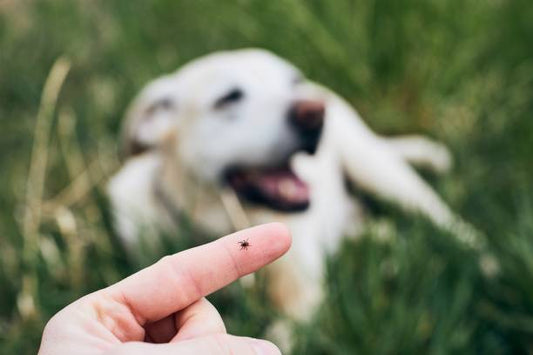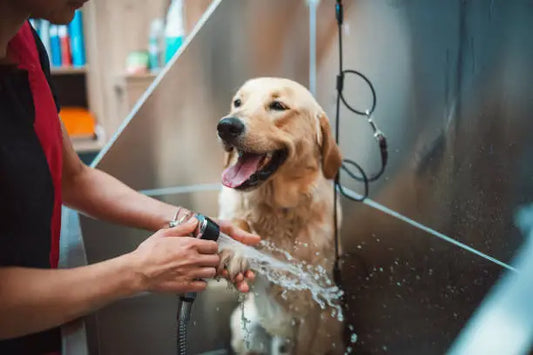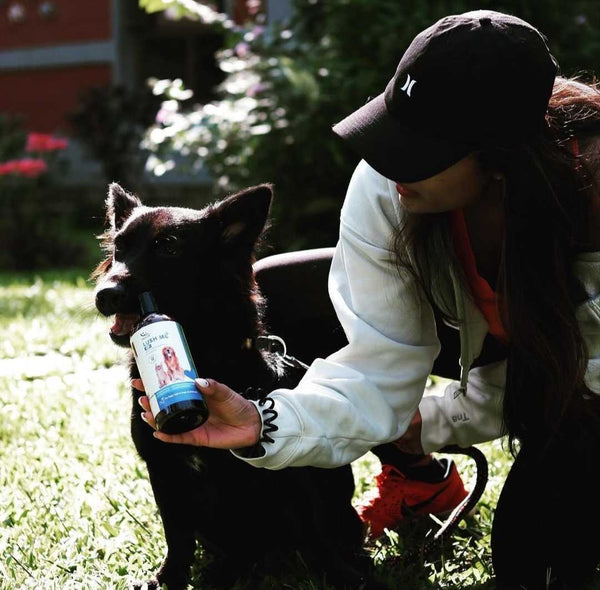Pets bring immense joy and companionship to our lives, but just like humans, they can experience anxiety. Whether it’s triggered by loud noises, changes in routine, or separation from their favorite humans, pet anxiety is a common issue that, if left unaddressed, can impact their overall well-being. Let’s explore how to recognize anxiety in pets, what causes it, and practical solutions to help your furry friends feel calm and secure.
Signs of Anxiety in Pets
Recognizing the symptoms of anxiety in your pet is the first step toward helping them. Here are some common signs:
-
Excessive Barking or Meowing: A stressed pet might vocalize more than usual, especially in unfamiliar situations.
- Restlessness or Pacing: Anxiety often manifests as an inability to settle down.
- Destructive Behavior: Chewing furniture, scratching doors, or tearing objects could be a sign of nervous energy.
- Loss of Appetite: Stress may cause pets to eat less or refuse food altogether.
- Trembling or Shaking: Physical signs like shivering, even when it’s not cold, can indicate fear.
- Excessive Licking or Grooming: Pets may excessively lick themselves as a coping mechanism.
- Hiding or Avoiding Contact: If your pet suddenly prefers hiding spots or avoids interaction, it could be a sign of distress.
Common Triggers of Pet Anxiety
Understanding what causes anxiety in pets can help you prevent or minimize it. Here are some common triggers:
- Loud Noises: Fireworks, thunderstorms, or even vacuum cleaners can be frightening.
- Separation Anxiety: Pets often become anxious when left alone for extended periods.
- New Environments: Moving to a new home or introducing new family members can be overwhelming.
- Unfamiliar People or Animals: Meeting strangers or other pets can trigger nervousness, especially in poorly socialized pets.
- Changes in Routine: Pets thrive on routine, and even small disruptions can cause stress.
- Medical Issues: Sometimes, anxiety is linked to underlying health conditions, so it’s important to rule out medical causes.
Practical Solutions to Ease Pet Anxiety
The good news is that pet anxiety is manageable with the right strategies. Here’s how you can help your pet feel more relaxed:
1. Create a Safe Space
Designate a quiet, comfortable area in your home where your pet can retreat during stressful times. This could be a cozy corner with their bed, toys, and water. Adding familiar scents, like a blanket or your clothing, can provide additional comfort.
2. Use Calming Products
Calming sprays, diffusers, or collars infused with pheromones can help reduce anxiety. These mimic the natural calming chemicals produced by pets and create a soothing environment.
3. Stick to a Routine
Maintain consistent feeding, play, and walk schedules to give your pet a sense of stability. Predictability can significantly reduce anxiety.
4. Gradual Exposure and Training
For pets with noise anxiety or fear of new situations, gradual desensitization can help. For example, play recordings of fireworks at low volumes and slowly increase the sound over time while rewarding calm behavior.
5. Exercise and Mental Stimulation
Physical activity and engaging toys can help burn off nervous energy and keep your pet’s mind occupied. Puzzle feeders or interactive toys are excellent options.
6. Try Calming Treats
Specialized treats, like Treat O’Clock Hemp, are designed to promote relaxation without causing drowsiness. The hemp extract and tulsi in these treats help reduce stress naturally, making them ideal for pets dealing with anxiety.
7. Avoid Reinforcing Fearful Behavior
While it’s natural to want to comfort your pet, excessive reassurance can inadvertently reinforce anxious behavior. Instead, act calm and confident to show your pet there’s nothing to fear.
8. Consult a Veterinarian
For severe cases of anxiety, consult your vet. They may recommend behavior therapy or medications to help your pet cope.
How Treat O’Clock Hemp Can Help
Treat O’Clock Hemp is a natural, pet-friendly solution for managing anxiety. Infused with hemp and tulsi, these treats are formulated to:
- Reduce stress and promote relaxation.
- Support overall mental well-being.
- Be gentle on digestion, making them suitable for daily use.
The best time to offer Treat O’Clock Hemp is as a nighttime snack, between 7 PM and 10 PM, to help your pet unwind after a long day. These treats are available in convenient serving sizes tailored to small, medium, and large breeds.
Anxiety is a common challenge for pets, but with patience, understanding, and the right tools, you can help your furry companion feel more secure. By creating a comforting environment, maintaining routines, and incorporating calming solutions like Treat O’Clock Hemp, you’re taking proactive steps to ensure their happiness and well-being.
Ready to help your pet relax?
Explore Treat O’Clock Hemp and other anxiety-reducing products here: Shop Now












